The green steel market in South Korea is characterized by a rapidly evolving competitive landscape, driven by increasing environmental regulations and a growing demand for sustainable materials. Major players are actively pursuing strategies that emphasize innovation, partnerships, and regional expansion to enhance their market positions. Notably, companies like POSCO (KR) and Hyundai Steel (KR) are focusing on integrating advanced technologies into their production processes, while international firms such as ArcelorMittal (LU) and Thyssenkrupp AG (DE) are leveraging their The green steel market. This collective approach not only intensifies competition but also fosters a collaborative environment aimed at achieving sustainability goals.
Key business tactics within the market include localizing manufacturing and optimizing supply chains to reduce carbon footprints. The competitive structure appears moderately fragmented, with several key players vying for market share. This fragmentation is indicative of a dynamic environment where innovation and operational efficiency are paramount. The influence of major companies is significant, as they set benchmarks for sustainability practices and technological advancements that smaller firms may strive to emulate.
In October 2025, POSCO (KR) announced a strategic partnership with a leading technology firm to develop a new hydrogen-based steel production process. This initiative is poised to reduce CO2 emissions by up to 30%, aligning with South Korea's ambitious climate targets. The partnership underscores POSCO's commitment to innovation and positions the company as a frontrunner in the green steel sector, potentially reshaping production methodologies across the industry.
In September 2025, ArcelorMittal (LU) unveiled plans to invest €1 billion in its South Korean operations, focusing on enhancing its electric arc furnace capabilities. This investment is expected to increase production efficiency and reduce emissions, reflecting a broader trend towards electrification in steelmaking. The strategic move not only strengthens ArcelorMittal's foothold in the region but also signals a shift towards more sustainable practices that could influence competitors to follow suit.
In August 2025, Hyundai Steel (KR) launched a new initiative aimed at integrating AI technologies into its manufacturing processes. This initiative is designed to optimize production efficiency and reduce waste, thereby enhancing the company's sustainability profile. By adopting AI, Hyundai Steel is likely to gain a competitive edge, as it aligns with the increasing demand for smart manufacturing solutions in the green steel market.
As of November 2025, current trends in the green steel market are heavily influenced by digitalization, sustainability, and the integration of advanced technologies such as AI. Strategic alliances are becoming increasingly vital, as companies recognize the need to collaborate in order to meet stringent environmental standards and consumer expectations. Looking ahead, competitive differentiation is expected to evolve, with a pronounced shift from price-based competition to a focus on innovation, technological advancements, and supply chain reliability. This transition may redefine market dynamics, compelling companies to prioritize sustainable practices and innovative solutions to maintain their competitive edge.


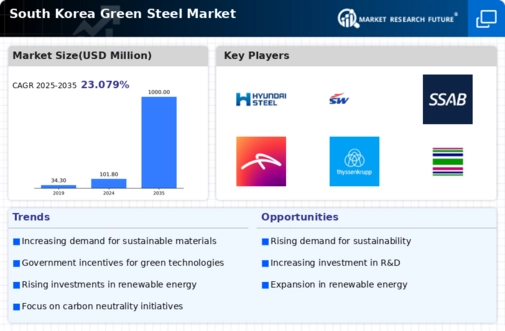
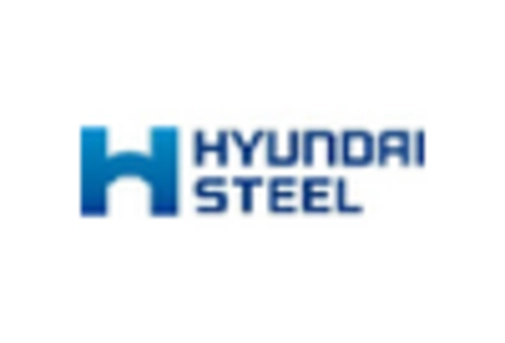
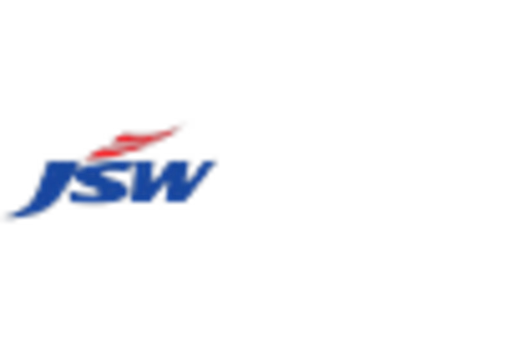
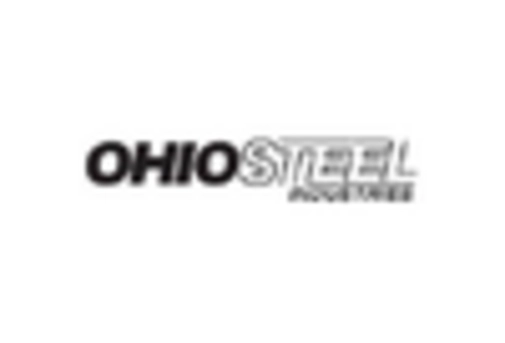
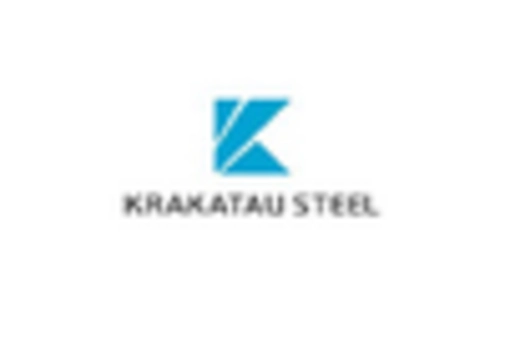

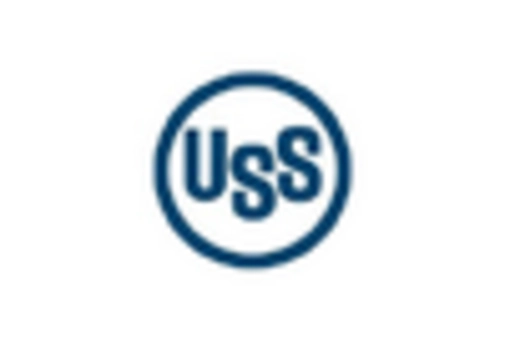
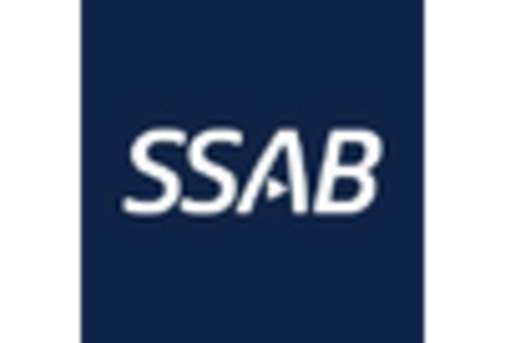

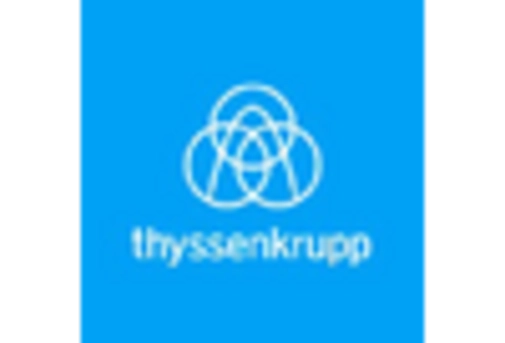

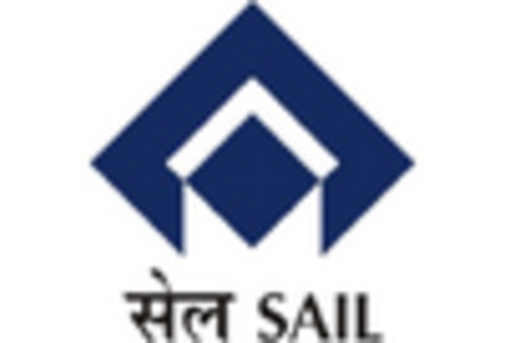
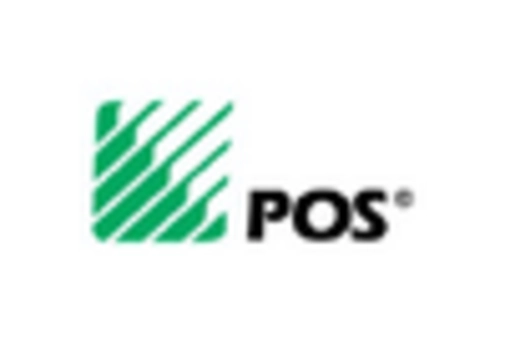








Leave a Comment